Home>Garden Essentials>How To Use Japanese Forest Grass In Landscape Design
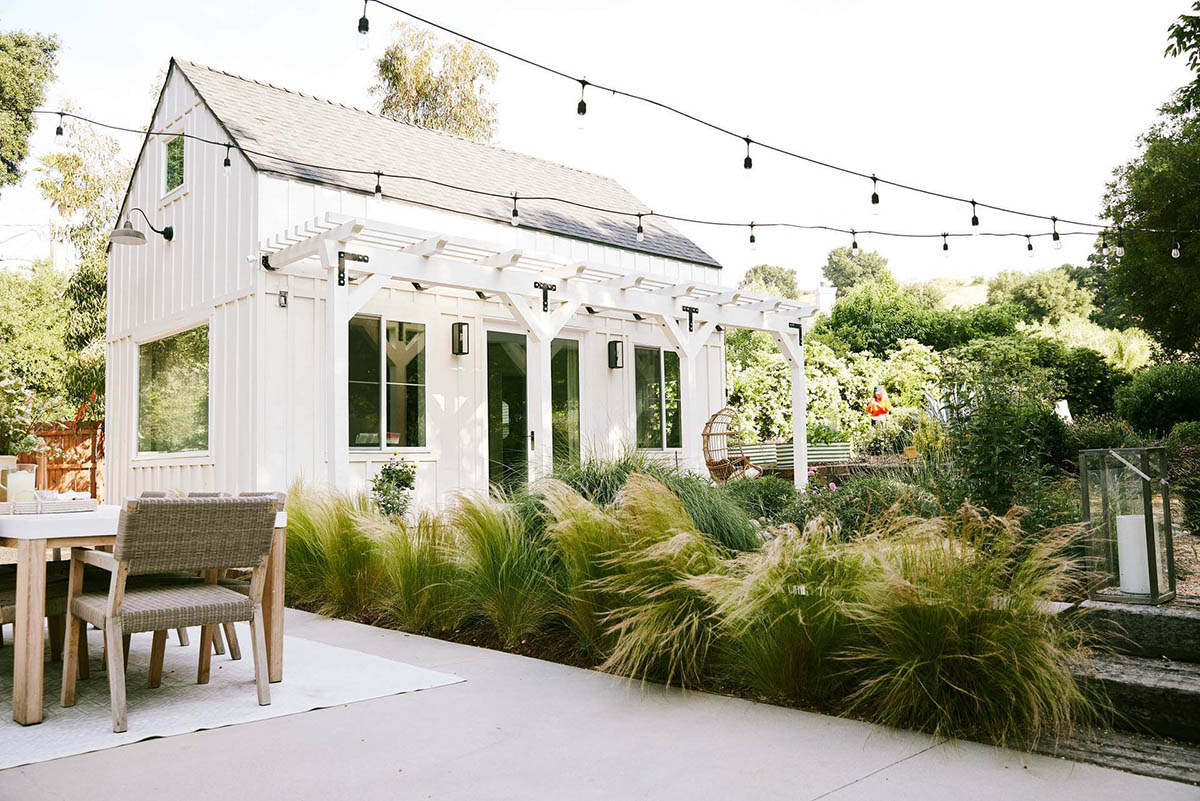

Garden Essentials
How To Use Japanese Forest Grass In Landscape Design
Modified: March 7, 2024
Learn how to incorporate Japanese Forest Grass into your garden design for a stunning and unique landscape. Discover tips and ideas to enhance your garden with this beautiful ornamental grass.
(Many of the links in this article redirect to a specific reviewed product. Your purchase of these products through affiliate links helps to generate commission for Storables.com, at no extra cost. Learn more)
Introduction
Welcome to the world of landscape design, where nature’s beauty and human creativity intertwine to create stunning outdoor spaces. If you’re looking to add a touch of elegance and serenity to your garden, then Japanese Forest Grass (Hakonechloa macra) is the perfect choice. With its graceful arching foliage and subtle colors, this ornamental grass can transform any landscape into a tranquil haven.
Japanese Forest Grass, also known as Hakone Grass or Hakonechloa, is native to the shady forests of Japan. Its distinctive appearance and adaptability make it a sought-after plant for both professional landscapers and gardening enthusiasts. Whether you have a small backyard or a large garden, Japanese Forest Grass can bring a touch of Zen and sophistication to your outdoor space.
One of the main advantages of Japanese Forest Grass is its versatility. It can be used in various ways in landscape design, including as a ground cover, an accent plant, or even in containers and planters. Its low-growing habit and shade tolerance make it an excellent choice for shady areas where other plants may struggle to thrive.
In this article, we will explore the many benefits of using Japanese Forest Grass in landscape design, offer tips on choosing the right location for this plant, guide you through the planting process, and provide insights on maintenance and care. We will also discuss how to combine Japanese Forest Grass with other plants to create harmonious and visually appealing garden compositions.
So, let’s dive in and discover the enchanting world of Japanese Forest Grass and how it can elevate your landscape design to new heights.
Key Takeaways:
- Japanese Forest Grass is a versatile, low-maintenance plant that adds elegance and year-round interest to gardens. It thrives in shade, controls erosion, and pairs beautifully with other shade-loving plants for a lush and cohesive look.
- Whether used as ground cover, in containers, or as an accent plant, Japanese Forest Grass brings tranquility and visual appeal to outdoor spaces. Its graceful foliage, subtle colors, and adaptability make it a valuable addition to any garden design.
Read more: How To Use Rocks For Landscaping
Benefits of Japanese Forest Grass in Landscape Design
Japanese Forest Grass is a versatile and beautiful addition to any landscape design. It offers numerous benefits that can enhance the overall aesthetic appeal and functionality of your outdoor space. Here are some key advantages of incorporating Japanese Forest Grass into your garden:
- Graceful Appearance: Japanese Forest Grass has slender, arching blades that add a sense of elegance and movement to your landscape. Its cascading foliage creates a soft and delicate texture, which contrasts beautifully with other plants or structures in your garden.
- Color Variety: This grass species comes in a range of colors, from vibrant greens to golden yellows and red-tinted hues. The variegated varieties offer an additional visual interest, with contrasting stripes or streaks on the leaves. The color variations of Japanese Forest Grass can provide a stunning focal point or a subtle backdrop in your garden design.
- Shade Tolerance: Unlike many other ornamental grasses, Japanese Forest Grass thrives in shady areas. It is an excellent choice for gardens with mature trees or areas that receive limited sunlight. This shade tolerance makes it an invaluable plant for adding beauty and greenery to challenging areas of your landscape.
- Low Maintenance: Japanese Forest Grass is relatively low maintenance, making it suitable for both experienced gardeners and beginners. It requires regular watering but is not demanding when it comes to fertilizer or pruning. Once established, it forms dense clumps that suppress weed growth, reducing the need for frequent maintenance.
- Year-round Interest: While many plants have their moment of glory in a specific season, Japanese Forest Grass offers year-round visual interest. In spring and summer, the grass showcases its lush and vibrant foliage. As autumn arrives, the leaves often take on beautiful hues of gold, orange, and red. Even in winter, the dried foliage of Japanese Forest Grass can create a lovely texture and provide a striking contrast to the surrounding landscape.
- Erosion Control: The dense spreading habit of Japanese Forest Grass makes it an excellent choice for controlling soil erosion, particularly on slopes or areas prone to runoff. The extensive root system stabilizes the soil and helps prevent erosion, which is particularly beneficial if you live in an area with heavy rainfall.
With its multitude of benefits, Japanese Forest Grass is a reliable and visually appealing choice for any landscape design. Whether you want to create a serene and calming garden, enhance the beauty of a shaded corner, or add texture and interest to a specific area, Japanese Forest Grass can be the perfect solution.
Choosing the Right Location for Japanese Forest Grass
When it comes to the success of your landscape design with Japanese Forest Grass, choosing the right location is crucial. This plant thrives in certain conditions, and providing the ideal environment will ensure its health and beauty. Here are some factors to consider when selecting a location for Japanese Forest Grass:
- Shade or Partial Shade: Japanese Forest Grass is well-known for its shade tolerance. It prefers areas with filtered sunlight or dappled shade throughout the day. Avoid planting it in full sun, as this can cause the leaves to scorch and lose their vibrant colors. Choose a location under tall trees, next to buildings, or in areas with light shade provided by shrubs or structures.
- Moist, Well-Draining Soil: Japanese Forest Grass thrives in moist soil but dislikes excessive moisture or standing water. It’s essential to select a location with well-draining soil to prevent waterlogged conditions. However, make sure the soil retains enough moisture to keep the plant hydrated, especially during dry periods.
- Protection from Harsh Elements: While Japanese Forest Grass is adaptable, it can benefit from protection against strong winds and extreme weather conditions. Plant it in a location shielded by buildings, fences, or larger plants to prevent damage to its delicate foliage.
- Consider Proximity to Other Plants: Japanese Forest Grass makes an excellent companion for many other shade-loving plants. Consider the surrounding plants when choosing a location, and aim for a harmonious composition. Pair it with ferns, hostas, astilbes, or other woodland plants to create a lush and cohesive look.
- Size and Space: Japanese Forest Grass typically forms clumps that spread slowly over time. Make sure to take this growth habit into account when selecting a location. Leave enough space for the plant to expand without crowding other nearby plants. This allows its elegant arching blades to cascade gracefully without obstruction.
- Accessibility for Maintenance: While Japanese Forest Grass is low maintenance, it still requires occasional care and attention. Choose a location that allows easy access for watering, pruning, and removing any fallen leaves or debris. This ensures that the plant remains healthy and beautiful throughout the year.
By considering these factors and choosing the right location for your Japanese Forest Grass, you can create an environment where it can thrive and contribute to the overall beauty and harmony of your landscape design.
Planting Japanese Forest Grass
Planting Japanese Forest Grass is a relatively straightforward process that can be done by both experienced gardeners and beginners. Follow these steps to ensure the successful establishment of your Japanese Forest Grass:
- Choose the Right Time: The best time to plant Japanese Forest Grass is in spring or early fall when the temperatures are mild. Avoid planting during the hot summer months, as it can stress the plant.
- Prepare the Soil: Japanese Forest Grass thrives in moist, well-draining soil. Prior to planting, amend the soil with organic matter, such as compost or well-rotted manure, to improve its fertility and drainage. Remove any weeds or debris from the planting area.
- Dig the Hole: Dig a hole that is slightly wider and deeper than the root ball of the plant. Gently loosen the roots and remove any pot or container it was grown in. Place the plant in the hole, making sure that the top of the root ball is level with the ground.
- Backfill and Firm the Soil: Backfill the hole with the amended soil, ensuring that there are no air pockets around the roots. Firm the soil gently around the plant but avoid compacting it too much, as this can hinder water drainage.
- Water Thoroughly: After planting, water the Japanese Forest Grass thoroughly to settle the soil and encourage root establishment. Ensure that the soil remains consistently moist but not waterlogged during the initial establishment period.
- Mulch: Apply a layer of organic mulch around the base of the plant, leaving a small gap between the mulch and the stem. Mulching helps retain moisture, suppresses weed growth, and insulates the roots during temperature fluctuations.
- Regular Watering: Japanese Forest Grass prefers consistently moist soil. Water the plant regularly, especially during dry spells or in the absence of rainfall. Avoid overwatering, as it can lead to root rot and other issues.
- Pruning and Division: Japanese Forest Grass typically does not require extensive pruning. However, if the foliage becomes damaged or starts to brown, you can trim it back to encourage fresh growth. Every few years, consider dividing the plant to rejuvenate its vigor and prevent overcrowding.
By following these planting guidelines, you can ensure that your Japanese Forest Grass gets off to a healthy start and thrives in your garden, adding beauty and tranquility to your landscape design.
Maintenance and Care for Japanese Forest Grass
Japanese Forest Grass is a relatively low-maintenance plant, but it still requires some care to keep it healthy and looking its best. Here are some maintenance tips to ensure the well-being of your Japanese Forest Grass:
- Watering: Japanese Forest Grass prefers consistently moist soil. Water the plant regularly, particularly during periods of drought or dry weather. Aim to keep the soil evenly moist, but avoid overwatering, as it can lead to root rot. Mulching around the plant can help retain moisture and reduce the frequency of watering.
- Fertilizing: Japanese Forest Grass is not a heavy feeder and generally does well without excessive fertilization. However, applying a slow-release, balanced fertilizer in early spring can provide a nutrient boost. Follow the manufacturer’s instructions for application rates and frequency.
- Weeding: Regularly inspect the area around your Japanese Forest Grass for weeds. Clear any unwanted plants, especially within the first few months after planting when the grass is still establishing. Applying a layer of mulch can help suppress weed growth and reduce the need for additional weeding.
- Pruning: Japanese Forest Grass generally requires minimal pruning. However, if the foliage becomes damaged or turns brown, you can trim it back to the base to encourage new growth. Aim to do any pruning in early spring before new growth emerges.
- Division: Over time, Japanese Forest Grass can form dense clumps and may benefit from division. Every few years, consider dividing the plant to rejuvenate its growth and maintain its vigor. Divide the clumps in spring or early fall, ensuring that each division has its own set of roots and foliage.
- Protection in Winter: While Japanese Forest Grass is relatively hardy, it may benefit from a layer of mulch or a protective covering during harsh winters. This extra layer helps to insulate the plant’s roots and prevent frost damage.
- Pest and Disease Control: Japanese Forest Grass is generally resistant to pests and diseases. However, like any plant, it can be susceptible to certain issues. Monitor your Japanese Forest Grass for signs of pests, such as aphids or slugs, and take appropriate measures to control them. If any fungal diseases, such as leaf spot, occur, remove and discard the affected foliage to prevent further spread.
By following these maintenance and care guidelines, you can keep your Japanese Forest Grass thriving and looking its best throughout the year. With its relatively low maintenance requirements, it is an excellent choice for busy gardeners or those who want a beautiful, yet fuss-free, addition to their landscape design.
When using Japanese forest grass in landscape design, plant it in partial to full shade and moist, well-drained soil. It also works well as a ground cover or in containers.
Read more: What Is A Landscaping Rake Used For
Combining Japanese Forest Grass with Other Plants in the Landscape Design
Japanese Forest Grass is not only a beautiful standalone plant but also a fantastic companion for a variety of other plants in your landscape design. Its graceful arching foliage and shade-loving nature make it an excellent choice for creating harmonious and visually appealing garden compositions. Here are some ideas for combining Japanese Forest Grass with other plants:
- Ferns: Japanese Forest Grass pairs well with ferns, creating a lush and textural contrast. Ferns also thrive in shady areas, making them ideal companions. Combine different varieties of ferns with Japanese Forest Grass to add layers of foliage and create a natural woodland feel.
- Hostas: Hostas share similar growing conditions with Japanese Forest Grass and are known for their stunning foliage. Combine different hosta varieties with Japanese Forest Grass to create a diverse and striking display of leaves. The contrasting colors, textures, and heights of these plants will add visual interest to your landscape.
- Astilbes: Astilbes are herbaceous perennials that thrive in shade or partial shade. Their feathery plumes of flowers provide a lovely contrast to the arching foliage of Japanese Forest Grass. Plant astilbes in front of or among the grass to add vibrant pops of color and texture to the landscape design.
- Tiarella: Tiarella, also known as foamflower, is a shade-loving perennial that complements Japanese Forest Grass beautifully. The small, delicate flowers and lobed leaves of tiarella create a soft and airy look. Plant them in drifts or clusters alongside Japanese Forest Grass for a mesmerizing and cohesive display.
- Brunnera: Brunnera, also called Siberian bugloss, is a shade-loving plant with heart-shaped leaves. The silver veining on the foliage adds a unique contrast to the arching blades of Japanese Forest Grass. Plant brunnera near or in front of Japanese Forest Grass to create a layered and visually appealing composition.
- Heuchera: Heuchera, or coral bells, offer a wide range of colorful foliage that complements the subtler tones of Japanese Forest Grass. The diverse hues and textures of heuchera leaves can add drama and dimension to your landscape design. Plant them nearby or intersperse them with Japanese Forest Grass for a vibrant and eye-catching display.
These are just a few examples of plants that pair beautifully with Japanese Forest Grass. When selecting companion plants, consider their light and moisture requirements, growth habit, and overall aesthetic appeal. Aim for a balance of colors, textures, heights, and bloom times to create a visually stunning and well-coordinated landscape design.
Experiment with different combinations and observe how the plants interact with each other. You might discover unique and captivating compositions that enhance the beauty and tranquility of your outdoor space.
Using Japanese Forest Grass as Ground Cover
Japanese Forest Grass is an excellent choice for use as ground cover in your landscape design. Its low-growing habit, shade tolerance, and lush foliage make it a versatile and visually appealing option. Here are some tips for using Japanese Forest Grass as ground cover:
- Select the Right Area: Choose a shady or partially shaded area where traditional ground cover plants may struggle to thrive. Japanese Forest Grass is an ideal choice for under trees, along pathways, or in areas where mowing or regular maintenance is not practical.
- Planting Density: To create a dense and uniform ground cover, plant Japanese Forest Grass closer together than you would for other types of grass or ground cover plants. Spacing them 8 to 12 inches apart will help them fill in quickly and create a seamless carpet of foliage.
- Prepare the Soil: Before planting Japanese Forest Grass, prepare the soil by removing any weeds, rocks, or debris. Loosen the soil and amend it with organic matter to improve its fertility and drainage. This will provide a conducive environment for the grass to spread and grow.
- Planting Technique: Dig a hole for each plant that is slightly larger than the root ball. Place the plant in the hole, making sure the top of the root ball is level with the ground. Backfill the hole with soil and firm it gently around the plant. Water thoroughly after planting to settle the soil and help the plants establish their roots.
- Maintenance: Once established, Japanese Forest Grass requires minimal maintenance as a ground cover. Regular watering during dry spells and occasional removal of fallen leaves or debris will help keep it looking tidy and healthy. It is also a good idea to mulch around the plants to retain moisture and suppress weed growth.
- Combining with Other Plants: Japanese Forest Grass can be planted alongside other low-growing plants, such as dwarf hostas, sedges, or miniature ferns, to create a diverse and visually appealing ground cover. Choose plants with similar shade tolerance and growth habits to create a cohesive and harmonious composition.
- Adding Pathways or Stepping Stones: Consider incorporating pathways or stepping stones within the Japanese Forest Grass ground cover. This will not only add functionality but also create visual interest and define walking areas within the lush green carpet of grass.
Using Japanese Forest Grass as ground cover adds texture, color, and elegance to your landscape design. Its ability to thrive in shade and create a uniform ground-hugging carpet makes it an ideal choice for those seeking an alternative to traditional ground cover plants.
With proper planting and minimal maintenance, Japanese Forest Grass can transform your garden into a beautiful and serene oasis where the ground seems to be covered in a thick blanket of lush green foliage.
Japanese Forest Grass in Containers and Planters
Japanese Forest Grass, with its graceful arching foliage and compact size, is a fantastic choice for growing in containers and planters. Whether you have a small balcony, a rooftop garden, or limited space in your backyard, incorporating Japanese Forest Grass in containers can bring a touch of elegance and tranquility to your outdoor living area. Here are some tips for successfully growing Japanese Forest Grass in containers:
- Container Selection: Choose a container that is large enough to accommodate the root system of the grass and allows for proper drainage. Opt for containers made of durable materials, such as ceramic, concrete, or fiberglass, that can withstand outdoor conditions and provide insulation for the roots.
- Well-Draining Soil: Use a well-draining potting mix specifically designed for container gardening. This type of soil will ensure proper drainage and prevent waterlogged conditions that can lead to root rot. Avoid using heavy garden soil, as it can hinder drainage and cause issues for the plant.
- Planting Technique: Fill the container with the potting mix, leaving enough space to accommodate the root ball of the grass. Gently loosen the roots of the Japanese Forest Grass and place it in the center of the container. Backfill with additional soil, pressing it lightly to secure the plant in place.
- Watering and Moisture: Japanese Forest Grass in containers may require more frequent watering compared to those planted in the ground. Monitor the moisture levels in the soil and water when the top inch of soil feels dry. However, be careful not to overwater, as this can lead to root rot. Ensure proper drainage by making sure the container has drainage holes.
- Light and Shade: While Japanese Forest Grass prefers shade or partial shade, it can tolerate some morning or evening sun. Place the containers in an area that receives the right amount of light for the specific variety you have chosen. Keep in mind that too much direct sunlight can scorch the leaves and impact the appearance of the plant.
- Fertilizing: Japanese Forest Grass in containers may benefit from occasional fertilization to replenish nutrients that may be depleted over time. Use a slow-release, balanced fertilizer according to the package instructions to provide essential nutrients for healthy growth. Avoid overfertilizing, as it can lead to excessive growth or nutrient burn.
- Maintenance: Regularly monitor the containers for any signs of pests, diseases, or nutrient deficiencies. Remove any dead or damaged foliage to maintain the overall appearance of the plant. Consider repotting the grass every couple of years or when it outgrows its current container.
- Design Options: Get creative with your container arrangements by combining Japanese Forest Grass with other complementary plants. Pair it with flowering annuals, trailing vines, or contrasting foliage plants to create dynamic and visually appealing displays. Experiment with different container sizes, shapes, and colors to suit your personal style and enhance the beauty of your outdoor space.
By following these guidelines, you can successfully grow Japanese Forest Grass in containers and enjoy its beauty and elegance in even the smallest of outdoor spaces. Whether placed on your patio, deck, or balcony, the containers will provide an eye-catching focal point and bring a touch of serenity to your garden oasis.
Japanese Forest Grass as an Accent Plant
Japanese Forest Grass (Hakonechloa macra) is an excellent choice for using as an accent plant in your landscape design. Its graceful arching foliage and subtle colors make it a captivating focal point that adds intrigue and elegance to any garden. Here are some ways to incorporate Japanese Forest Grass as an accent plant:
- In Borders and Garden Beds: Plant Japanese Forest Grass as a standout specimen within garden borders or beds. Its unique form and texture create a striking contrast against other plants, adding depth and visual interest to the landscape. Place it strategically, such as at the corner of a garden bed or as a centerpiece within a mixed planting, to draw attention and create a sense of flow.
- Along Walkways and Path Edges: Use Japanese Forest Grass to line walkways or define the edges of paths. The arching blades of the grass will create a soft and inviting border, guiding visitors along the path and adding a touch of elegance to the overall design. Consider pairing it with low-growing flowering plants or ground covers to create a stunning display of color and texture.
- In Rock Gardens: Japanese Forest Grass can be a striking addition to rock gardens or alpine planting schemes. Its delicate foliage and cascading habit soften the hard edges of rocks and stones, adding a sense of tranquility and natural beauty. Plant it among the rocks, allowing it to spill over and create a seamless transition between the hard elements and the surrounding landscape.
- In Water Features or Ponds: Introduce Japanese Forest Grass near water features or ponds to create a serene and visually captivating scene. The graceful movement of the foliage and the reflection of the grass in the water add a sense of tranquility and create a harmonious connection between the land and water elements within your landscape design.
- As a Focal Point in Containers: Showcase the beauty of Japanese Forest Grass by placing it in a prominent pot or container. Its arching form and vibrant colors make it an eye-catching centerpiece. Combine it with other plants of varying heights, textures, and colors to create a dynamic and visually appealing container garden that can be placed on patios, decks, or near entrances to welcome guests with its charm.
- Contrasting Colors and Textures: The subtle colors of Japanese Forest Grass provide an opportunity to create striking color combinations and contrasts within your landscape. Pair it with plants that have contrasting foliage, such as variegated hostas, burgundy heucheras, or silver-hued grasses. The interplay of colors and textures will add drama and visual impact to your garden design.
Remember to consider the specific needs of Japanese Forest Grass, such as its preference for shade or partial shade, when selecting its placement as an accent plant. This will ensure that it thrives and maintains its beauty in the designated area.
By incorporating Japanese Forest Grass as an accent plant, you can create captivating focal points within your landscape design, adding depth, elegance, and a touch of serenity to your outdoor space.
Read more: How To Use Pea Gravel In Landscaping
Conclusion
Japanese Forest Grass (Hakonechloa macra) is an exquisite plant that can elevate your landscape design to new heights. With its graceful arching foliage, subtle colors, and versatile nature, it offers numerous benefits and design possibilities.
As we have explored throughout this article, Japanese Forest Grass can be used in various ways to enhance your garden. Whether incorporated as a ground cover, an accent plant, or in containers and planters, it brings a touch of elegance, tranquility, and visual interest to your outdoor space.
With its shade tolerance and low-maintenance nature, Japanese Forest Grass can thrive in areas where other plants may struggle. It adds texture, color, and year-round interest to shady spots, under trees, or along pathways. In containers, it becomes a captivating focal point, creating a serene atmosphere on balconies, patios, and small gardens.
When designing with Japanese Forest Grass, consider its companions and create harmonious compositions. Pair it with ferns, hostas, astilbes, or other shade-loving plants to create a lush and cohesive look. Combine it with contrasting foliage plants or flowering perennials to add drama and visual impact to your landscape.
Remember to choose the right location for Japanese Forest Grass, providing the ideal conditions for its growth. Prepare the soil, plant it properly, and provide regular maintenance and care to ensure its health and beauty.
By incorporating Japanese Forest Grass into your landscape design, you can create a garden oasis that delights the senses and offers a serene and visually captivating environment. Its versatility, grace, and timeless beauty make it a valuable addition to any outdoor space, bringing a touch of elegance and tranquility that will be admired for years to come.
So, embrace the beauty of Japanese Forest Grass and let it transform your garden into a haven of serenity and natural splendor.
Frequently Asked Questions about How To Use Japanese Forest Grass In Landscape Design
Was this page helpful?
At Storables.com, we guarantee accurate and reliable information. Our content, validated by Expert Board Contributors, is crafted following stringent Editorial Policies. We're committed to providing you with well-researched, expert-backed insights for all your informational needs.
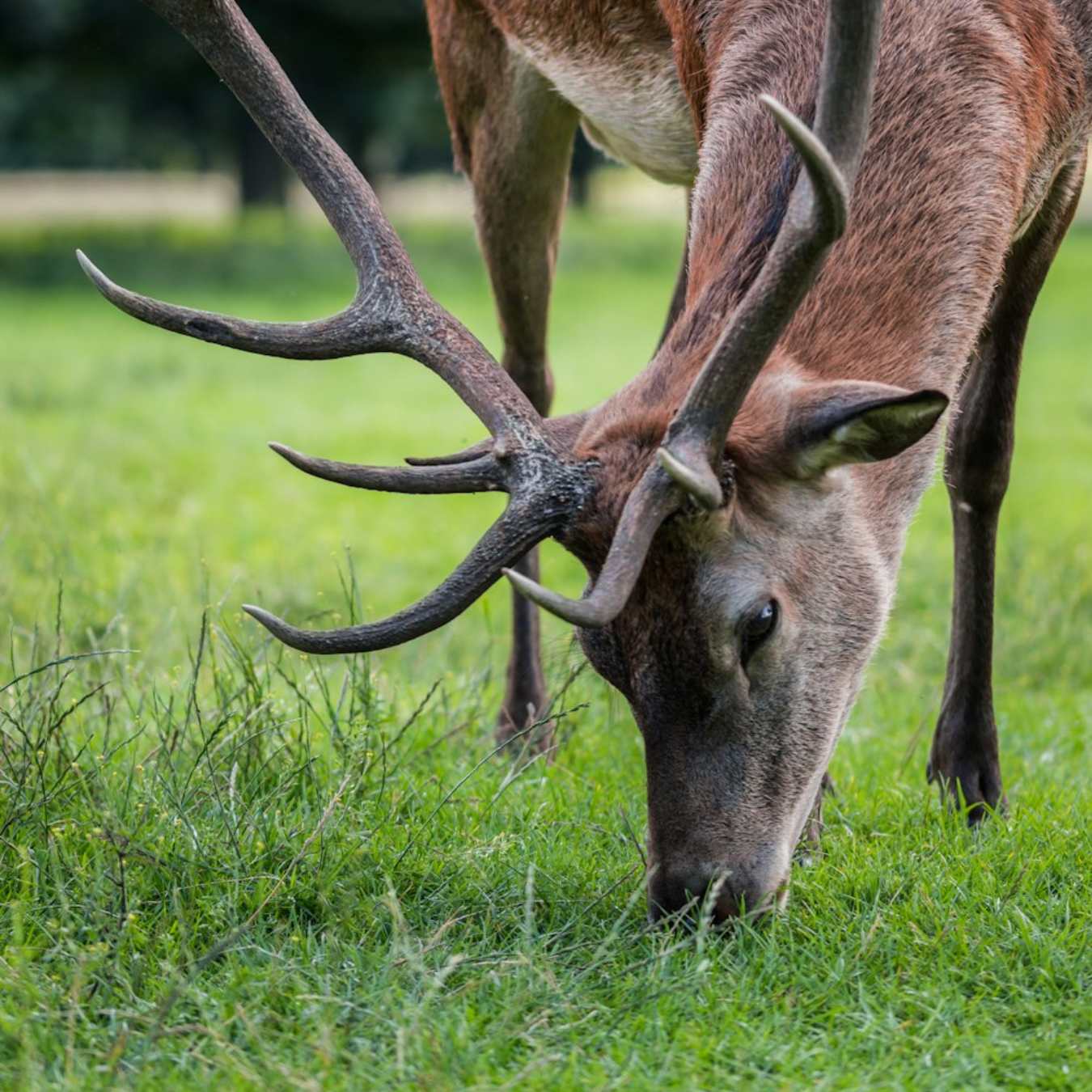
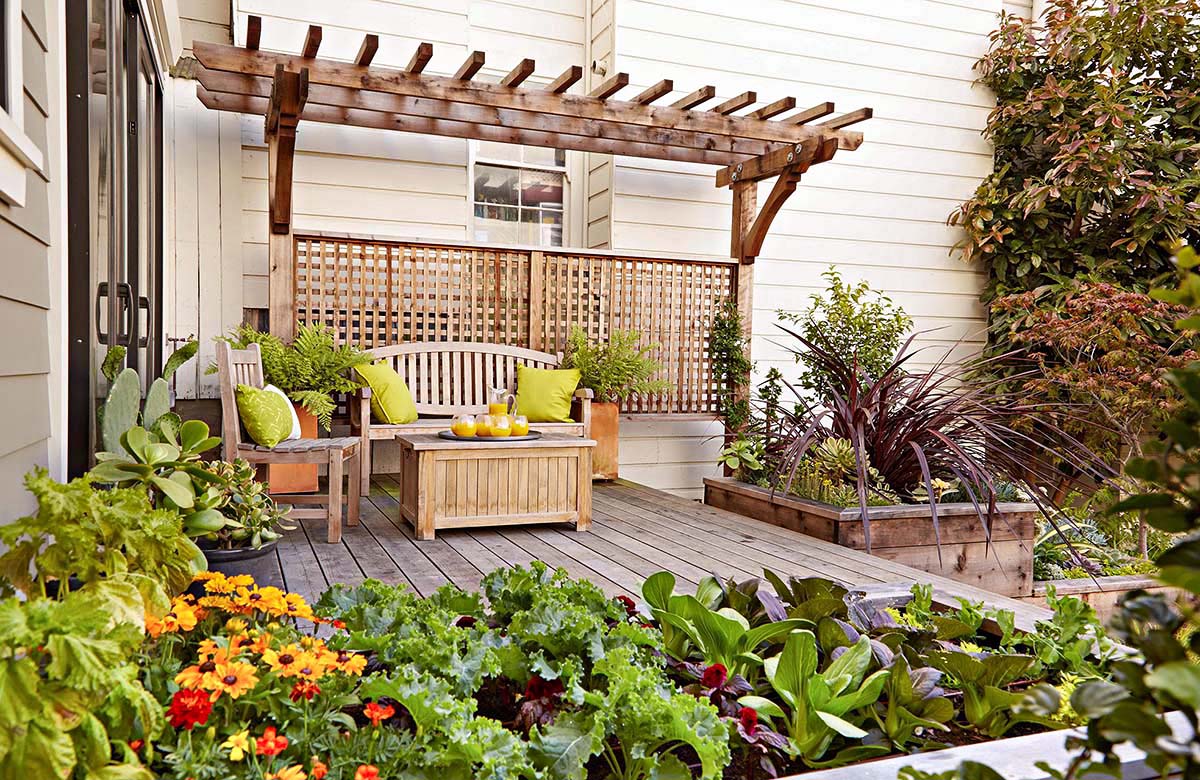

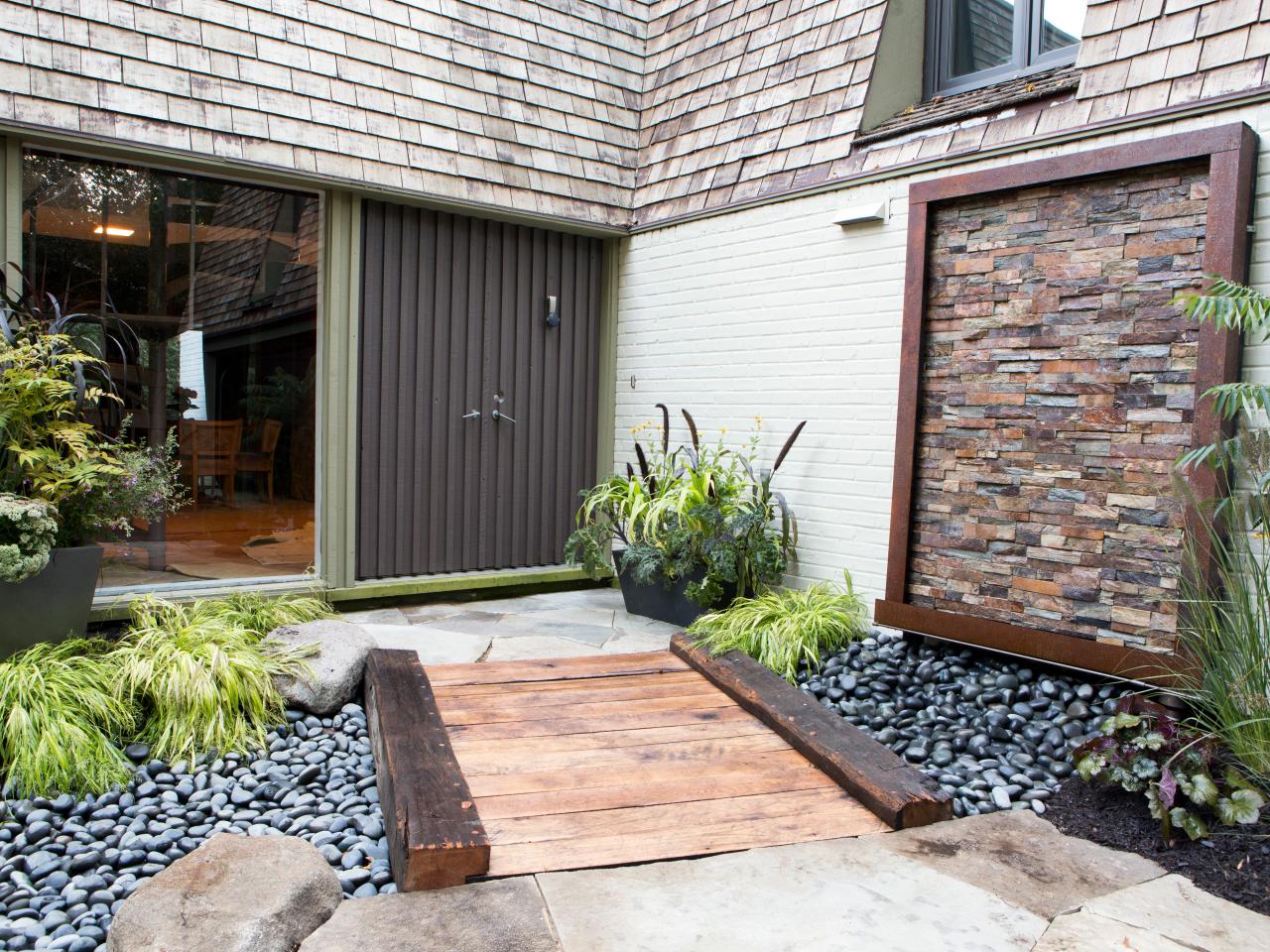
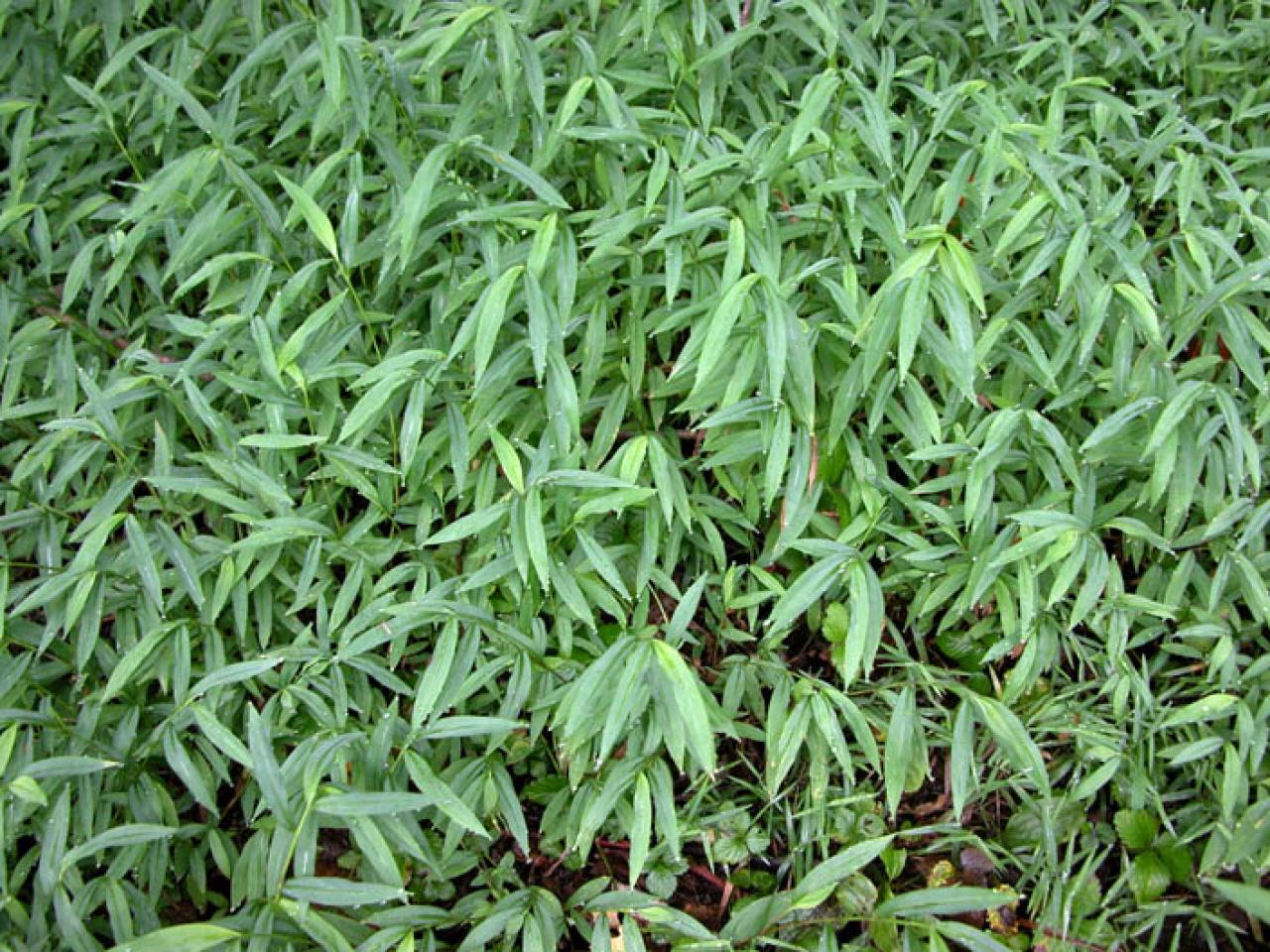
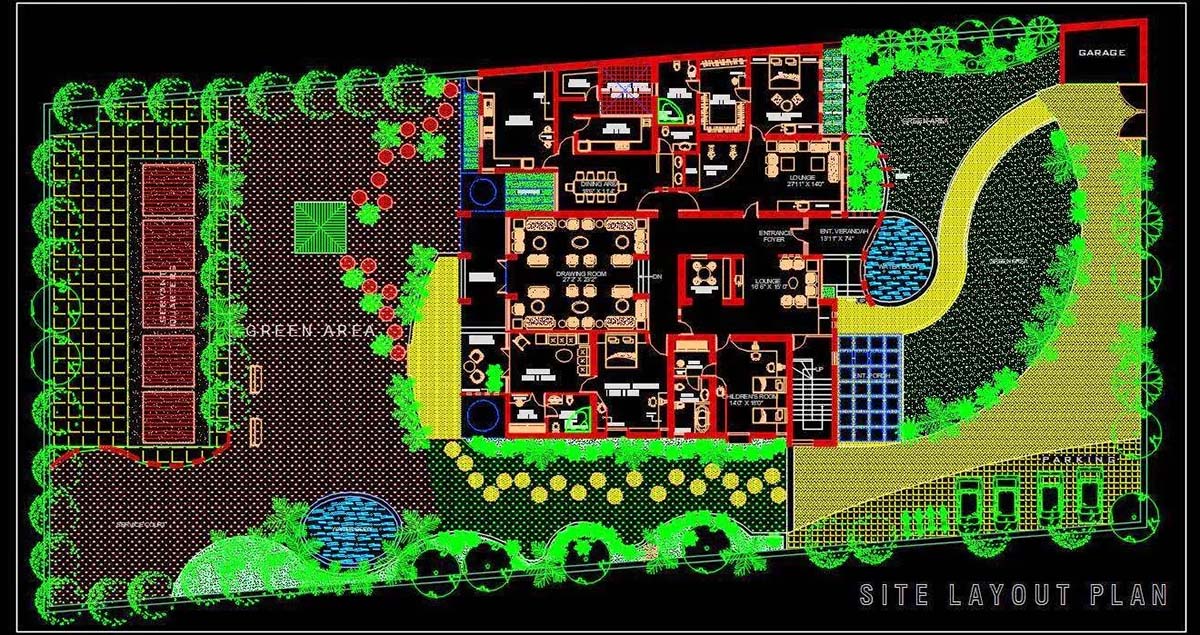
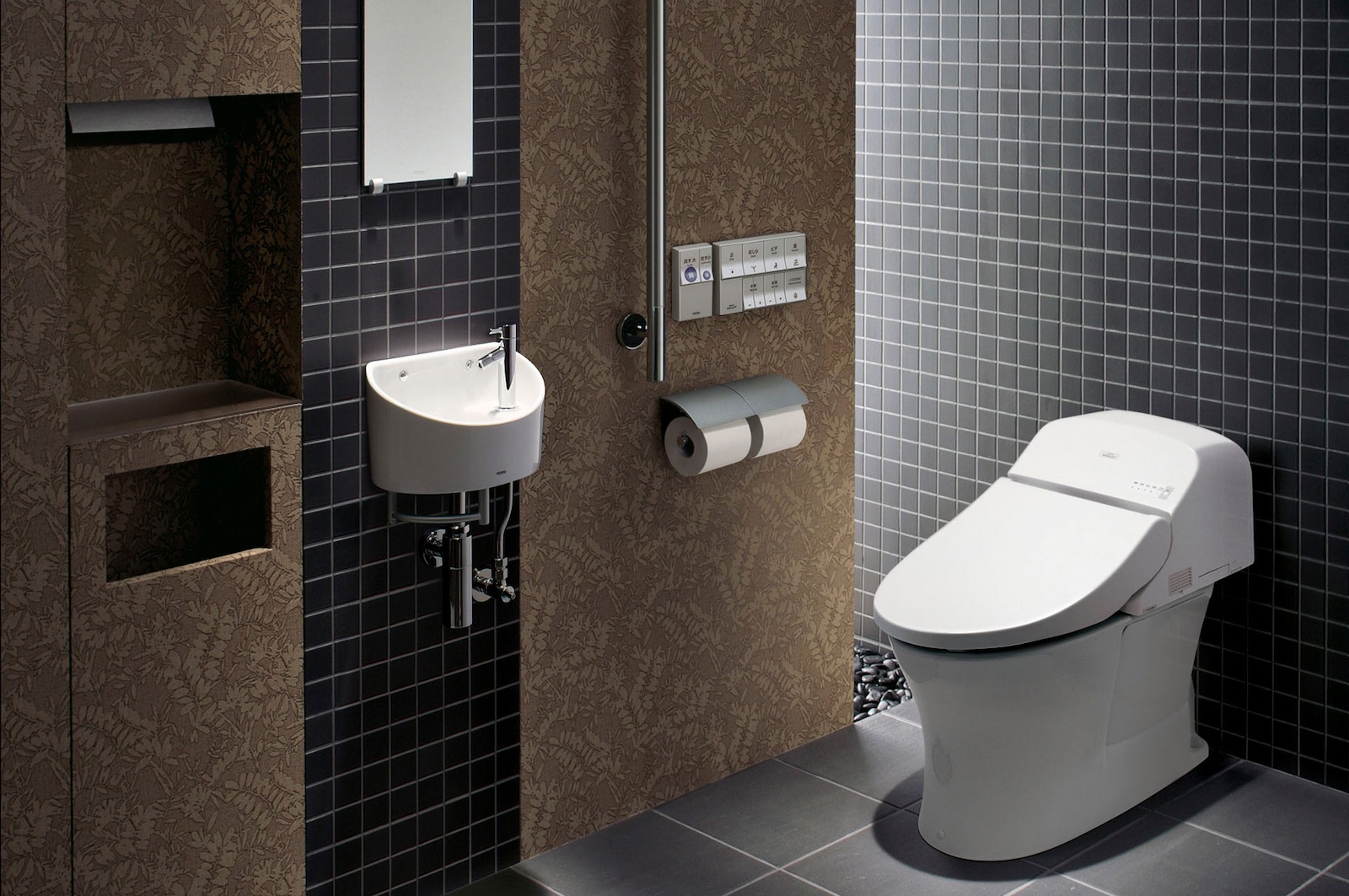
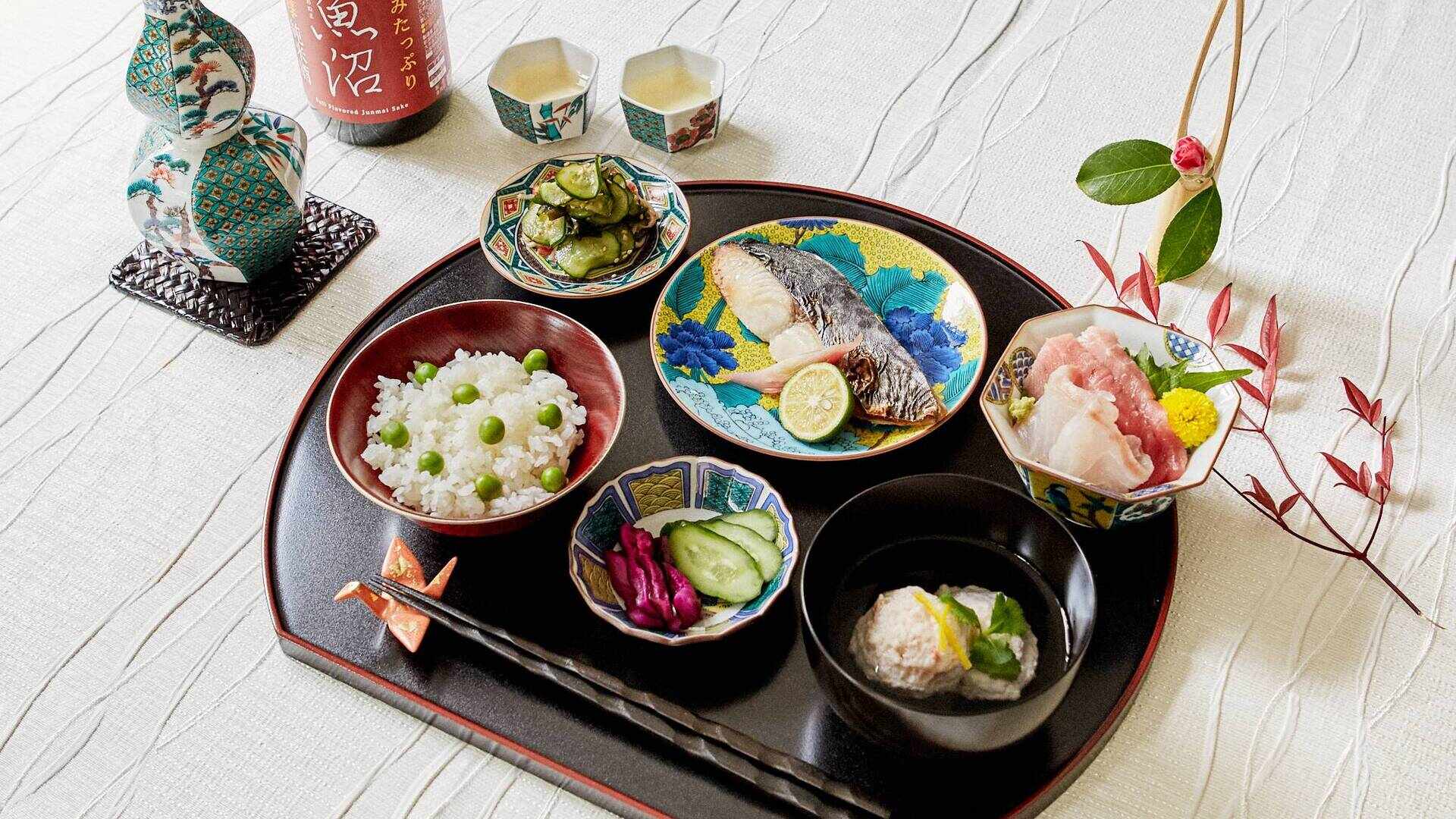
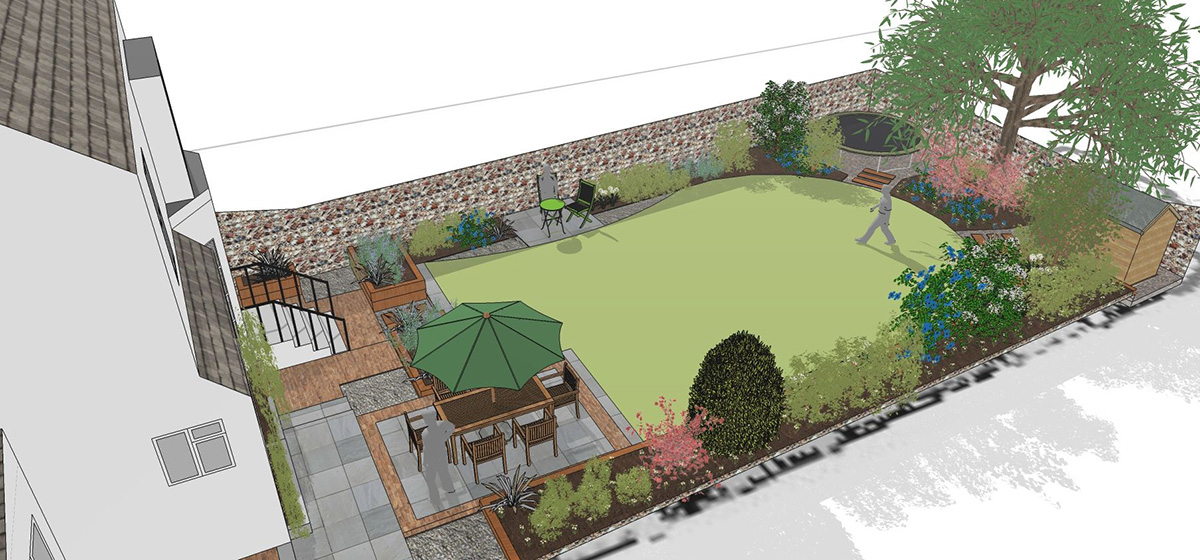
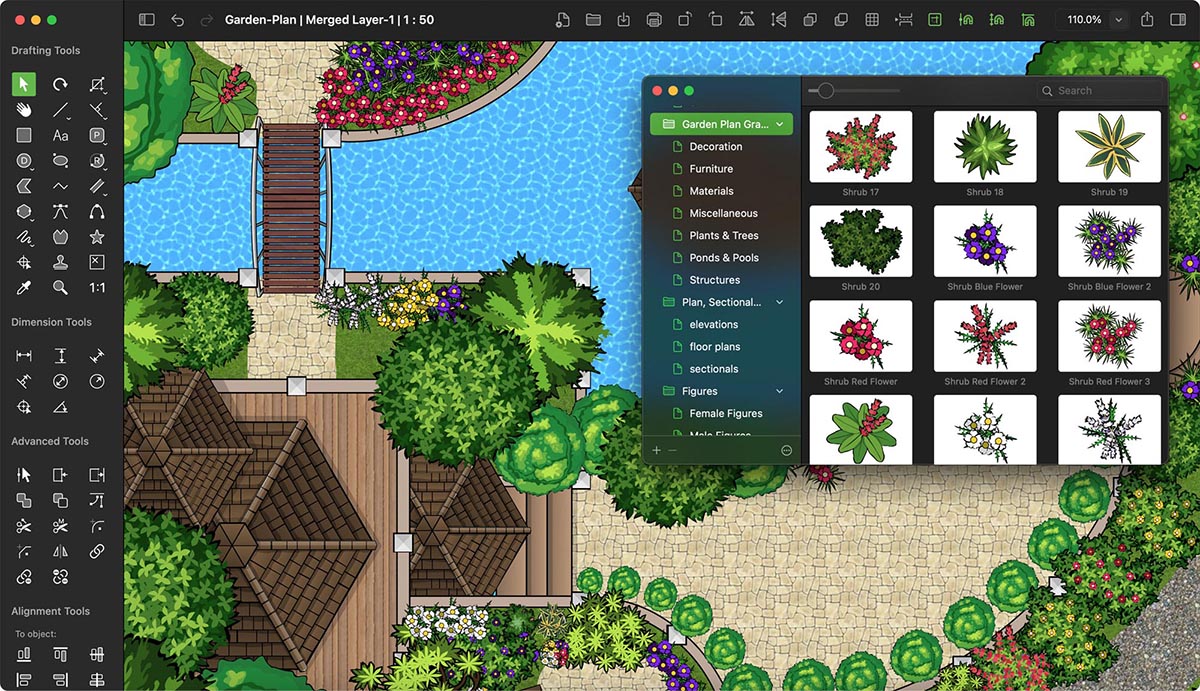
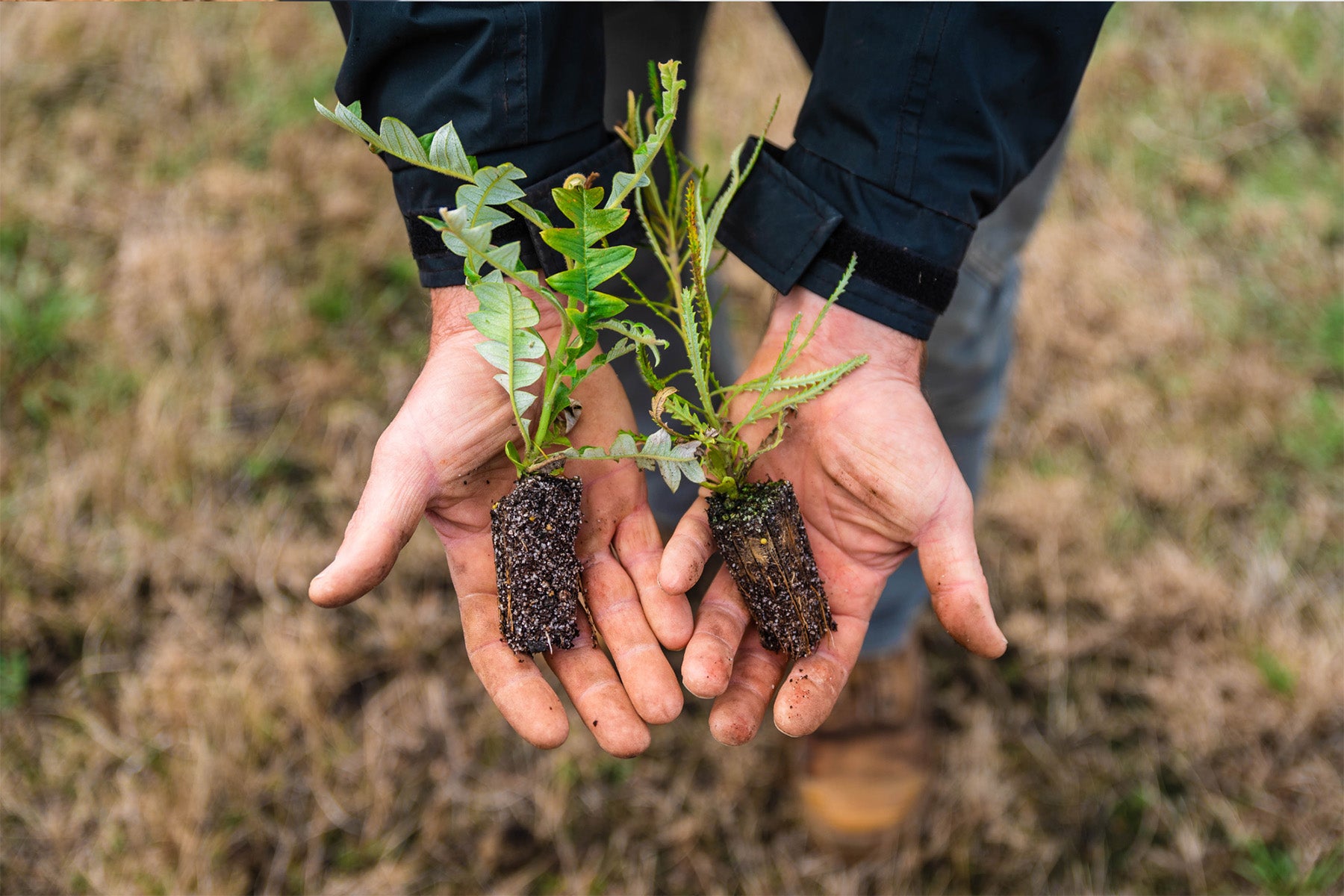
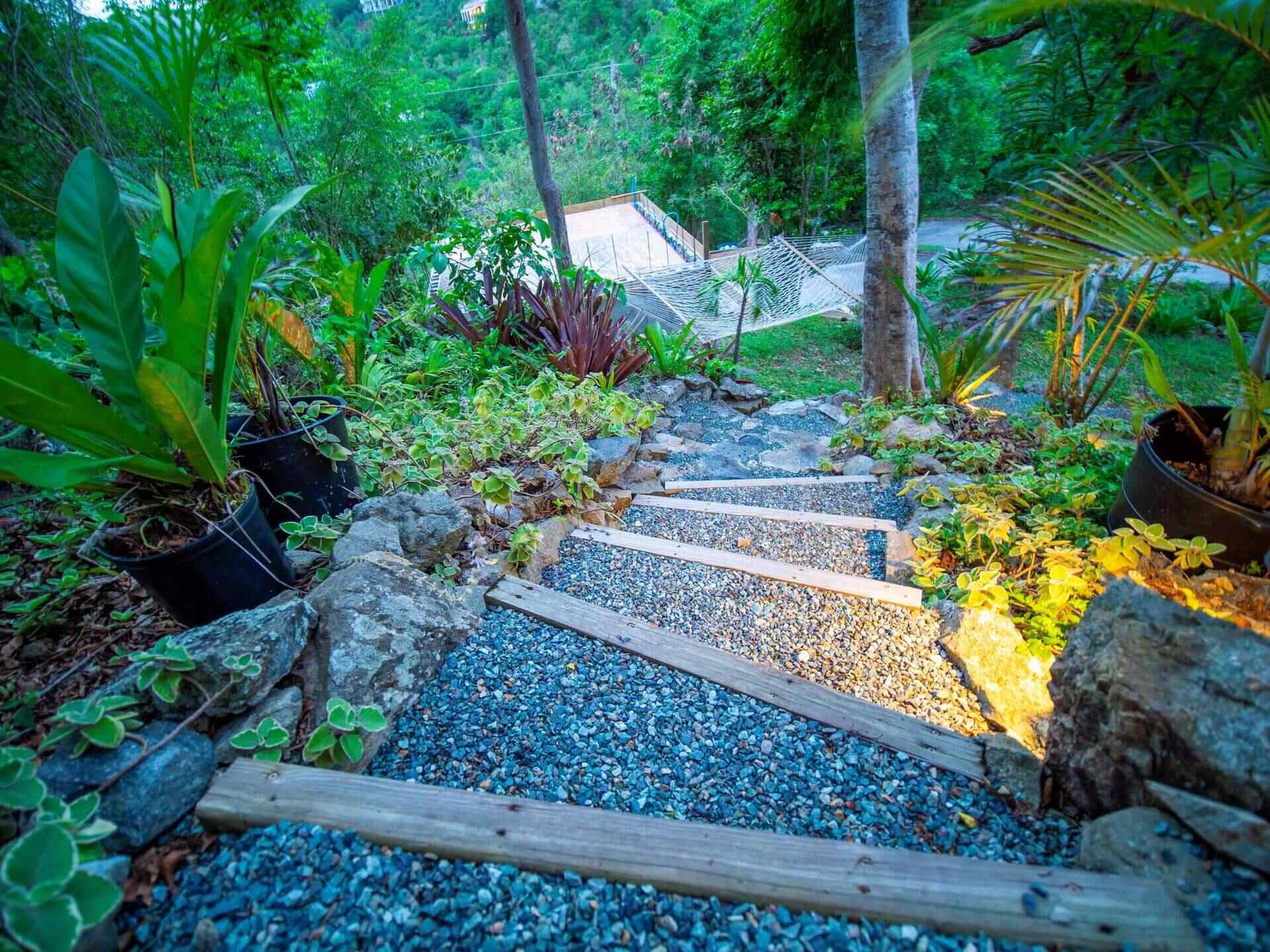
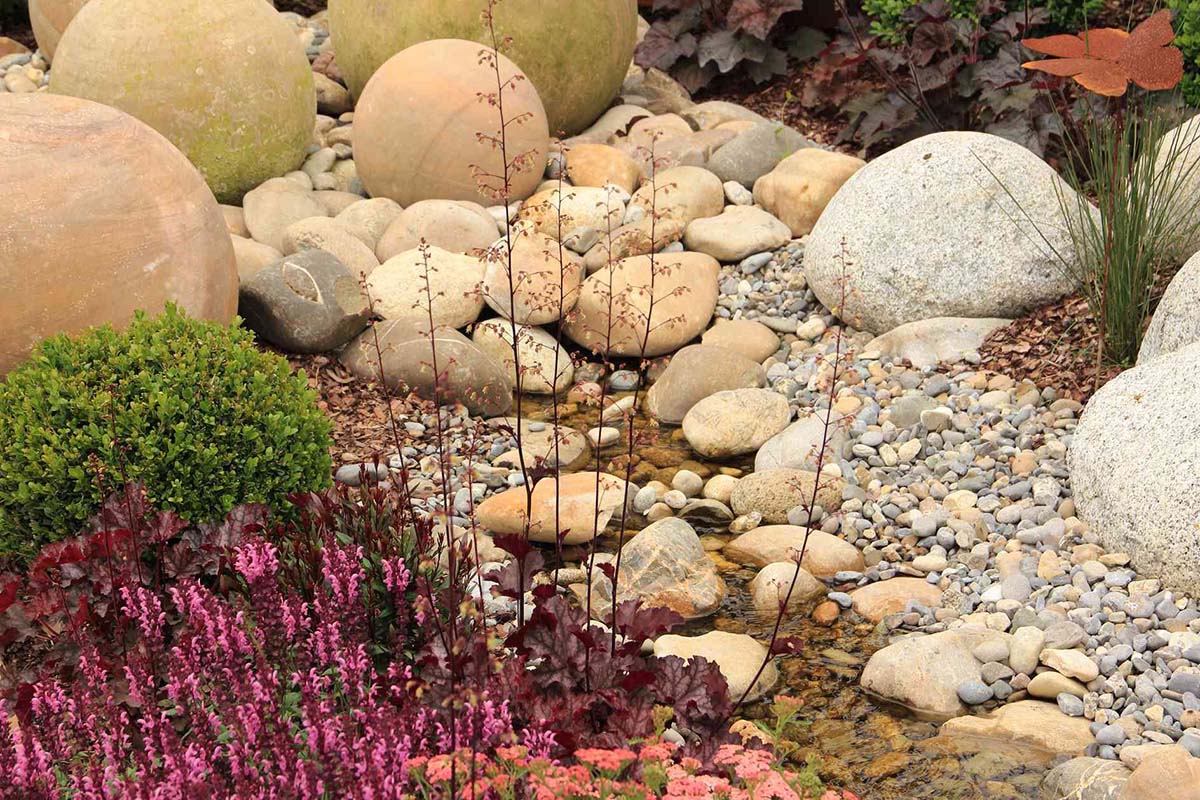

0 thoughts on “How To Use Japanese Forest Grass In Landscape Design”